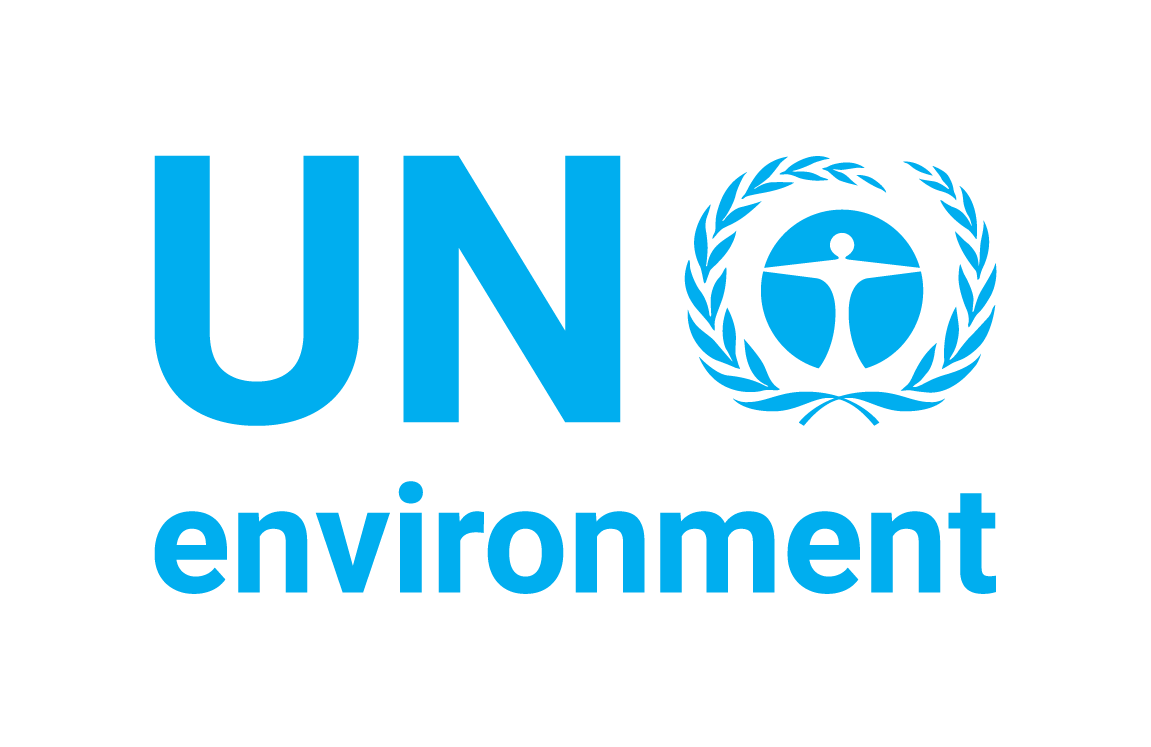
Source: Districlima, 2006" style="float: right; margin: 0px 0px 15px 15px; width: 250px;">
Integrating district energy into energy and urban planning
District energy is a system that delivers heat or cooling to multiple customers through a pipe network filled with hot water, or chilled water, circulated by pumps. The character of the built environment determines the feasibility of district energy systems (DES) to a large extent. Consideration of district energy in energy and urban planning processes can significantly contribute to achieving the heat load density necessary to ensure the cost effectiveness of the heat network. Urban planning can also mitigate load uncertainty for district energy by enabling phased development that balances generation and demand.
This Solution supports local governments in planning for and implementing district heating networks in new and existing development areas through integrated energy, land-use and infrastructure planning. This Solution also supports the definition of a long-term energy strategy for the city as a whole that maximizes the use of local energy resources and improves systems coherence, energy efficiency, reliability and affordability of heat and/or cooling through the inclusion of district energy.
This Solution is particularly relevant for cities that are developing new areas or redeveloping / densifying nodes in the city. It is also relevant for local governments that do not own or control energy utilities but whose powers include land use and urban planning, particularly governments with a mandate to reduce GHG emissions aiming to ensure that district heating is not “locked-out” due to the pattern of the built environment.
Highlighted best practices include embedding district energy into land-use and urban planning policies, regulations and administrative licensing procedures; raising awareness to the viability, benefits and business opportunities of district energy; engaging key stakeholders (e.g.: developers) including through negotiation; and creating incentives for integrating waste heat and local renewable energy sources.
The policy options available to cities are often influenced by national frameworks and local governments mandates. This Solution outlines the best practices that local governments can take within their usual mandates and roles, which should take into account the diverse national frameworks.






